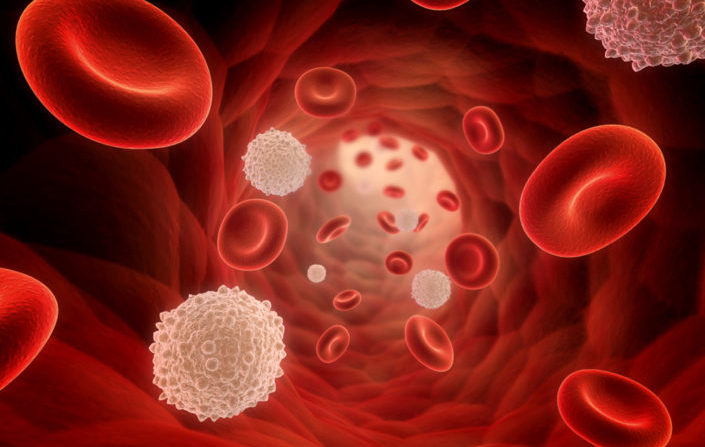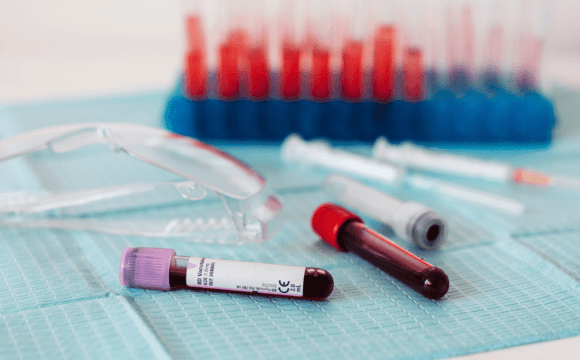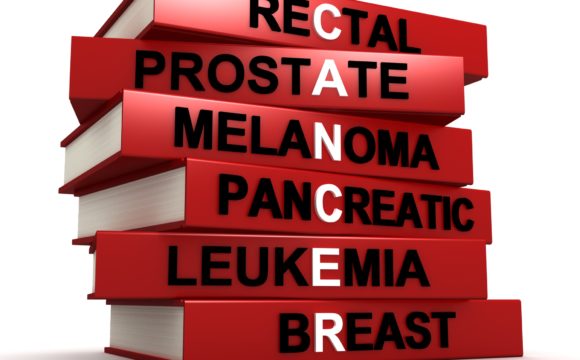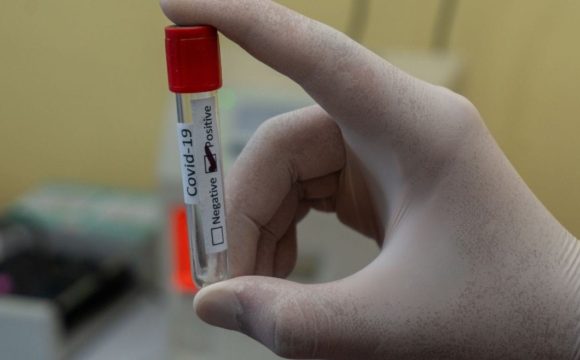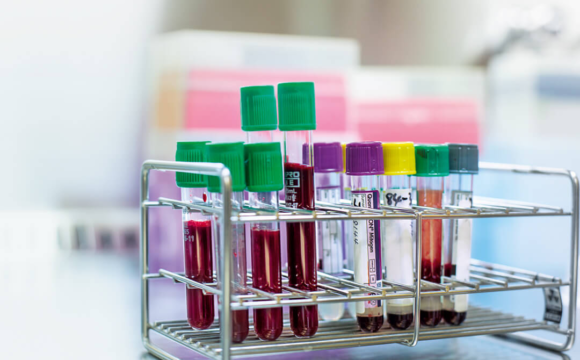Scientists at the Johns Hopkins Kimmel Cancer Center have developed a blood test that is able to detect cancer-specific DNA in rather a simple and easy way. The research article was published in the journal Science Translational Medicine and demonstrated that the test is effective for early-stage colorectal, breast, lung and ovarian cancers.
Developing blood tests as a means for cancer diagnosis is a developing branch of clinical oncology. The test must not only be highly accurate but it should also avoid false positive results. As blood cells divide they may acquire mutations which may not necessarily initiate cancer all the time. Then there are also the germline mutations in the DNA which may vary individually and are not linked to cancer as such. According to the research team (as given in science daily), “The challenge was to develop a blood test that could predict the probable presence of cancer without knowing the genetic mutations present in a person’s tumor”.
(Source: http://ryongraf.com/2011/07/what-types-of-cancer-are-there/)
Blood samples were collected from around 200 people having breast, lung, ovarian and colorectal cancer. These samples were screened for 58 genes widely linked to various cancers. According to the abstract of the paper, the technique used for sequencing can be described as ‘targeted error correction sequencing (TEC-Seq) that allows ultrasensitive direct evaluation of sequence changes in circulating cell-free DNA using massively parallel sequencing’ (J. Phalen et al. 2017). Of all the 42 people with colorectal cancer, the test correctly predicted the diseases in about 80% of the patients in all stages of cancer (I, II, III and IV). Of the 71 people with lung cancer, the test correctly identified the disease in about 69% of them. Of the 42 with ovarian cancer, the success rate was about 75%. And finally, for 45 patients with breast cancer, it was about 57% across the three stages. Overall the success rate of the test comes to about 70% (taking mean of all the above percentages).
The most significant advantage of such a study is that the technique used is noninvasive that is to say it does not involve any instrumental penetration or surgery of any kind. The flip side, however, is that such a sequencing technique which is so incredibly comprehensive covering over 80,000 base pairs of DNA, is also very likely to be highly expensive. Another point to be noted is that this is a rather small study and requires a larger dataset with reproducible results for unambiguous approval. The head of the study Prof. Victor E. Velculescu sums it up as “This study shows that identifying cancer early using DNA changes in the blood is feasible and that our high accuracy sequencing method is a promising approach to achieve this goal”.
Reference:
1] Jillian Phallen et al. Velculescu Direct detection of early-stage cancers using circulating tumor DNA Science. Translational Medicine, 16 Aug 2017.
2] https://www.sciencedaily.com/releases/2017/08/170816181305.htm



